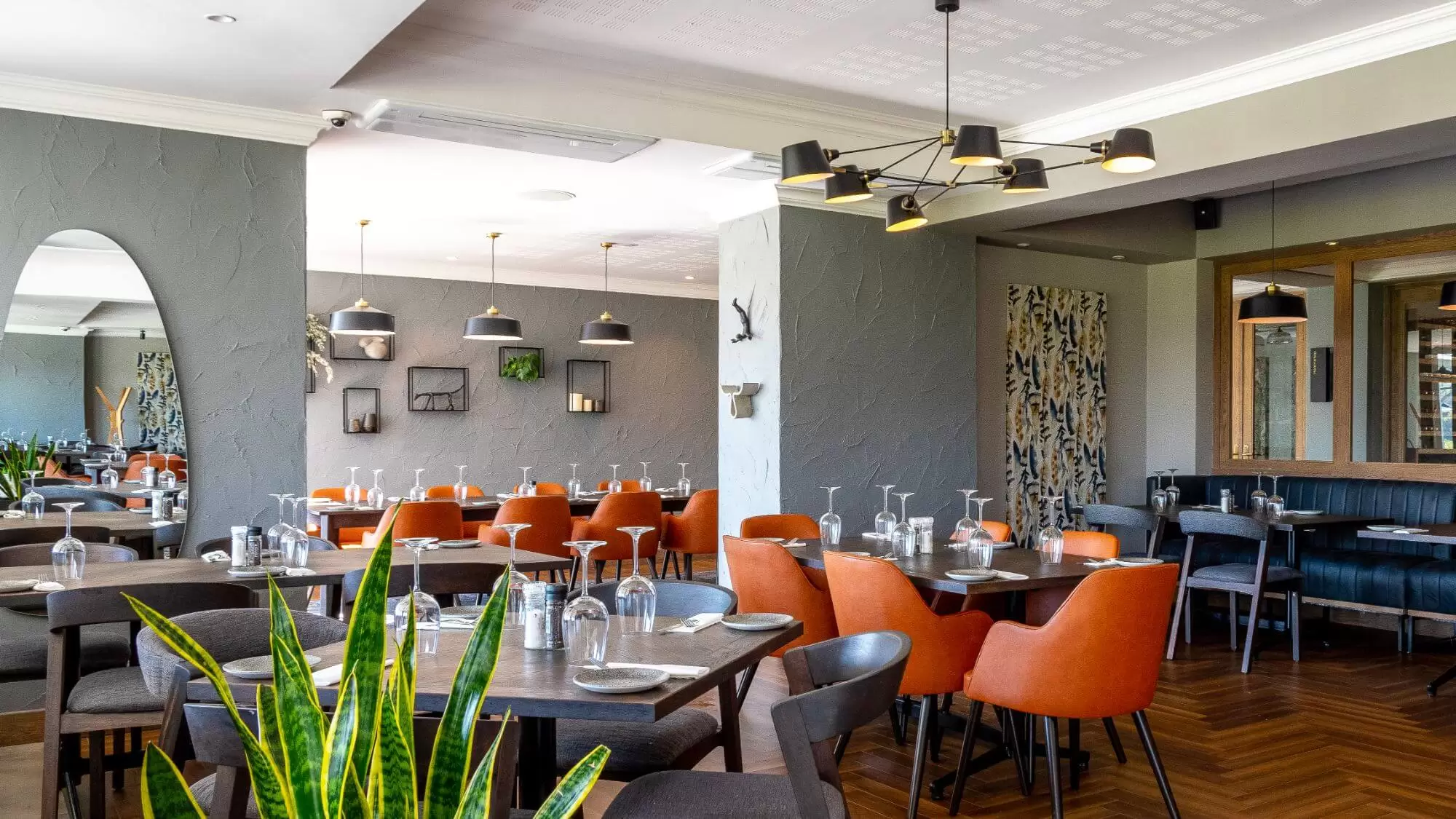Advertisement
The estate that appears so avant-garde today will have lost its competitive edge in 20 years, as developments with ever more sophisticated technology take the lead. So, how do you remain relevant?
This is the question Dainfern sought to answer when it recently embarked on renovations to its clubhouse, restaurant and outdoor areas. Upgrades of this nature are a must for estates entering their second or third life cycle if they are to maintain their value, ensure home owner satisfaction, and strike the right note with visitors – but the process is not without its challenges, admits JP Beukes of One Point Zero, the firm tasked with Dainfern’s revival.
Start at the beginning
According to Beukes, the best starting point when planning a rejuvenation is a fairly obvious one: the estate offering. Which parts of the estate are well used, which are ignored, and where do people feel there is a lack? The answers to these questions will provide a guide to which facilities need a simple tweak, which need to be introduced from scratch, and which should be scrapped. ‘You’re working towards a clear goal: breaking down the walls between people to create a cohesive community. To do that, you need to create areas of common interest, where people can mingle.’ This being the case, offering areas that don’t speak directly to residents’ interests is counter-productive, so it’s essential to establish what these are before you start planning further. Use the estate’s portal to survey residents for ideas and insights regarding how they would like to spend their time, and which facilities they consider indispensable.
Advertisement
‘The key is to start out broad, then narrow things down,’ Beukes says.
He uses the example of Dainfern’s bridge community: the players like to meet twice a week, which means that it’s definitely worthwhile to create a designated space for them in the estate’s clubhouse, so that other activities aren’t interrupted. With this guide, it became clear that a number of small function rooms should be created. ‘In this way, we are bringing together like-minded people. You could do the same with, say, yoga or Pilates. There are probably a lot of people on your estate that are already attending classes outside the development. Why not appoint a teacher to give classes at an assigned time? This provides space for people with similar hobbies to meet and – hopefully – go on to establish friendships.’
Beukes observes that it’s important to adopt a balanced approach with an eye to residents’ wellbeing. After all, it’s not all about recreation – there are certain to be work-from-home entrepreneurs or stay-at-home moms in the community mix, too, so why not create a space where these people can swap their view of the house for a place to relax (or work) with a cup of coffee? ‘Your estate should offer pockets where people are able to find their own individual space within the community,’ he says.
At the same time, a strong focus on family is always a good idea. Before the time of high walls, people used to gather under trees or in parks to catch up or simply laze away an hour; the estate’s play nodes should perform a similar function. It’s while watching their kids play that parents eventually start chatting among themselves – another stepping stone to creating that highly prized community. ‘We’re looking for places where people can integrate, rather than segregate,’ Beukes states.
Not a democracy
Important though the overarching community is, the renovation planning will reach a stage where it becomes clear that this is not a democratic process after all. Once some common themes have been identified, these should be disseminated among a steering committee (comprising the estate manager and some board members) who will pass the information on to the designer.
‘Unfortunately, if these choices were left up to the residents, you would never make progress. You could debate the merits of blue paint over red for an eternity, when the reality is that colours are actually immaterial. What matters most is that you have a beautiful space that appeals to the majority,’ says Beukes.
That’s not to say that residents should be kept in the dark; it’s a good idea to host information sessions (providing options in terms of dates and times, in case some people can’t attend) so that they are apprised of how the process is progressing.
What’s important, what’s not
Beukes says that estates shouldn’t be afraid to make radical changes – after all, we don’t live the way we did 20 years ago, and we are unlikely to be living the same way 20 years hence. But, while you’re striving to maintain relevance, don’t give in to the temptation to overspend on technology. This is an area where it’s best to provide a simple solution that residents can augment as they wish, according to their preferred devices.
Instead of trying to create an environment in which people interact with technology to the best of their ability, turn your attention to fashioning a space where people are coaxed into communicating with each other, Beukes reiterates. ‘Remember that this is all about families and lifestyles – people are investing in the lifestyles they aspire to,’ he says. Not that this means creating something grand. On the contrary, if a space feels too opulent, residents may feel intimidated and won’t use it. ‘You want to give them an extended home,’ he comments. That’s why he believes one of the best investments is in materials that are tactile and invite touch – items that are warm and rich, and feel more like a cocoon than a clinic.
‘Put people at the centre of your project, and you’re assured of success,’ Beukes concludes.



